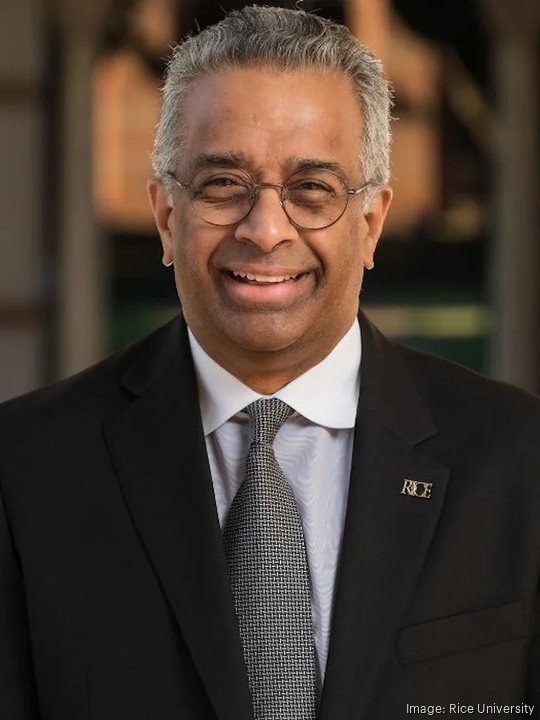
As nearly $1 billion from a federal defense award heads to Texas, Houston researchers are set to benefit, and the Bayou City’s core industries could be next in line.
In July, the Department of Defense awarded the Texas Institute for Electronics $840 million through its innovation wing, the Defense Advanced Research Project Agency, or DARPA.
The $840 million DARPA investment will help pay for a research and prototyping facility in Austin where industry, academia and government agencies will work on next-generation chips used for satellite imaging, autonomous vehicles and other high-tech tools and weapons. Those new innovations will also be used to improve the U.S. semiconductor industry.
The TIE is spearheaded by the University of Texas at Austin, but 18 academic institutions and 32 defense electronics and semiconductor companies are participating in the research. Those institutions include Houston's Rice University, the University of Houston and Texas A&M University. TIE was created by the Texas Legislature in 2021 and allocated $552 million.
Although federal and state funding for semiconductor research has ramped up in recent years, the impact in Houston has been muted compared to developments in other parts of the state. But Ramamoorthy Ramesh, executive vice president for research at Rice, said that as the U.S. semiconductor industry continues to grow, Houston’s core industries of energy and health care will directly benefit.
"Austin is a very big piece because they have the companies there, but Houston brings in a different perspective," Ramesh told the Houston Business Journal in an interview. "We have a lot of capabilities in new materials. [Then] the second part is health care, where microelectronics play a huge role in imaging. And the third piece of the Houston puzzle is energy. Energy companies clearly have a stake in this technology because of its applications in manufacturing, prospecting, etc."
Ramesh pointed to research efforts by Houston Methodist, which include virtual reality and artificial intelligence simulations of doctor-patient interactions, as examples of how health care can benefit from the technology developed through the DARPA award.
Meanwhile, as the high-performance computing industry seeks efficient energy usage solutions, Ramesh said Rice’s expertise in materials technology would play a part in TIE’s research. One of the six Rice researchers participating in TIE is Pulickel Ajayan, the Benjamin M. and Mary Greenwood Anderson professor of engineering and founding chair of the university’s materials science and nanoengineering department.
Two sites in Austin were selected by DARPA for chip manufacturing and research and development, according to the Austin Business Journal, a sister paper to the HBJ.
Rice could not disclose how much it will receive from the award, as specific amounts are yet to be finalized, but the university will play a part in conducting early research on microelectronics manufacturing as the Austin site takes shape. Ramesh said that the university currently has a smaller version of the same clean rooms that will be built in Austin. Rice could also see infrastructure improvements through the DARPA award, which is split into two phases to establish the manufacturing center and to engineer prototypes.
While large-scale technology cycles can take decades to get going, Ramesh believes the urgency of microelectronics manufacturing — due to China’s current dominance in the industry — will shorten the timeline. He predicted tangible results in about five to seven years.
"If we don't do this, somebody else is going to do it, and whoever does gets the market," Ramesh said. "We can't afford to goof off as a nation."
Last June, Gov. Greg Abbott signed House Bill 1574 into law, establishing the Texas Semiconductor Innovation Consortium and the Texas Semiconductor Innovation Fund.
In addition to the $698.3 million appropriated for the TSIF, lawmakers also approved $666.4 million for advanced electronics research and development centers at UT Austin and Texas A&M.
Sign up here for the Houston Business Journal’s free morning and afternoon daily newsletters to receive the latest business news impacting greater Houston.





